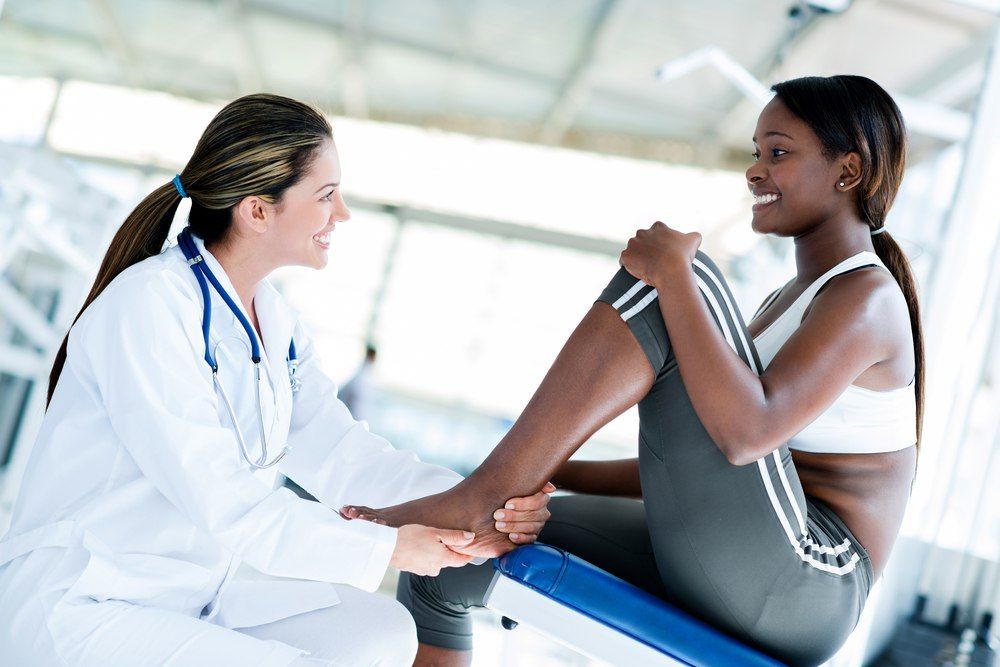
If varicose veins are bothering you, consult your physician.
As a family medicine physician and Chief Medical Officer of PartnerMD, Dr. Jim Mumper brings over 30 years of experience in primary care. Every time he sees you, his goal is to show kindness and meet your needs. He co-founded PartnerMD to focus on personalized, preventive care. Dr. Mumper's leadership has been vital in establishing PartnerMD as a leading concierge medical practice dedicated to patient-centered care.
Topics: